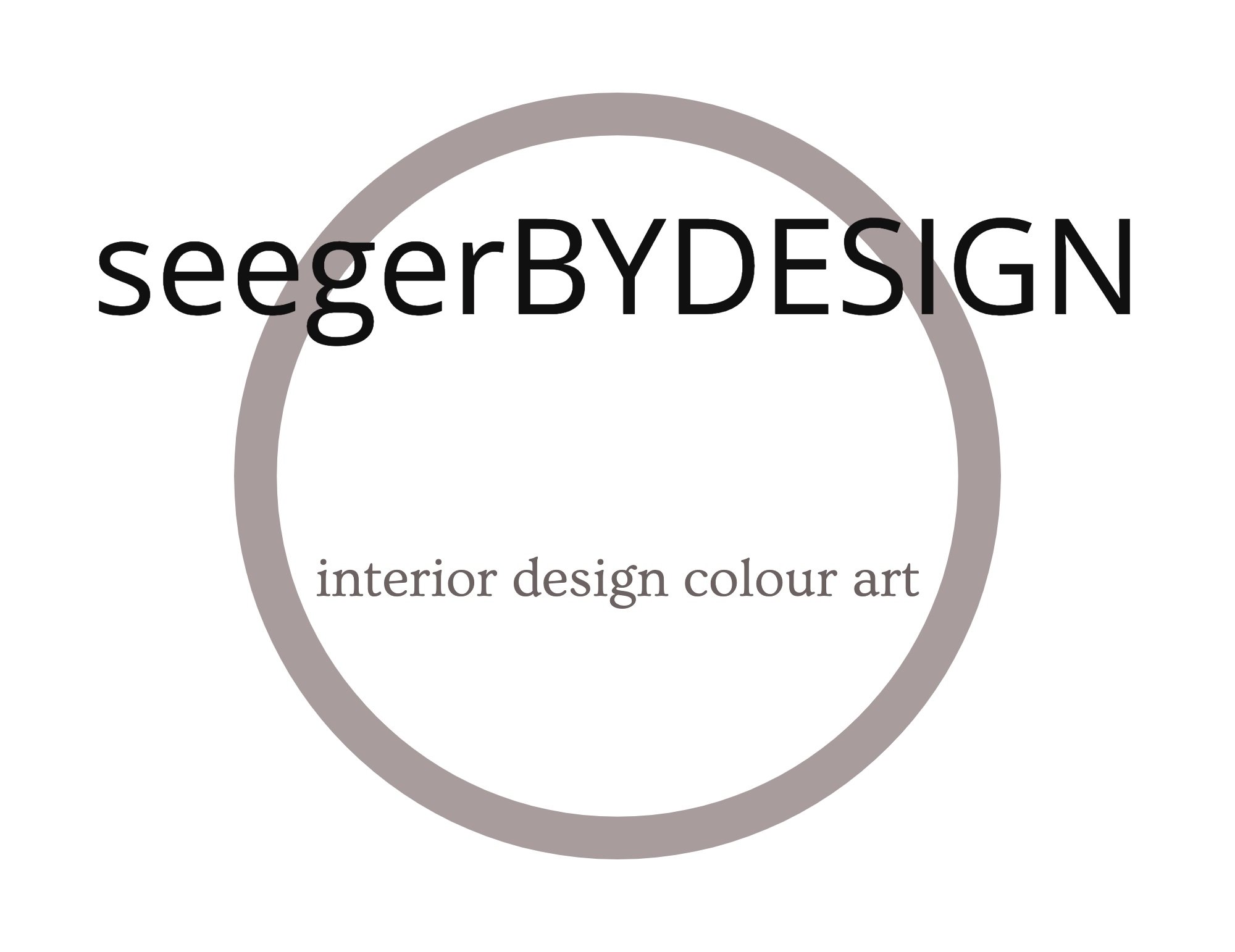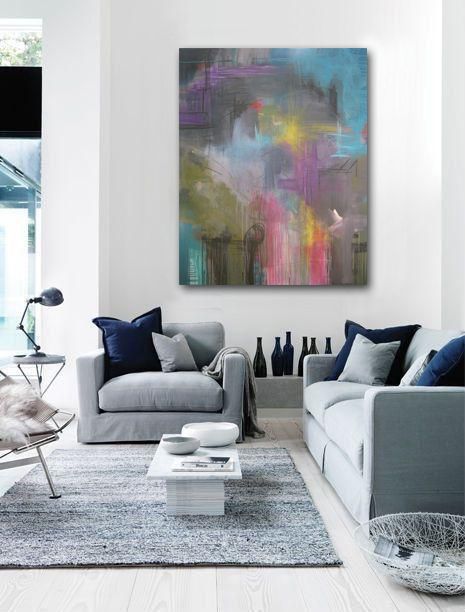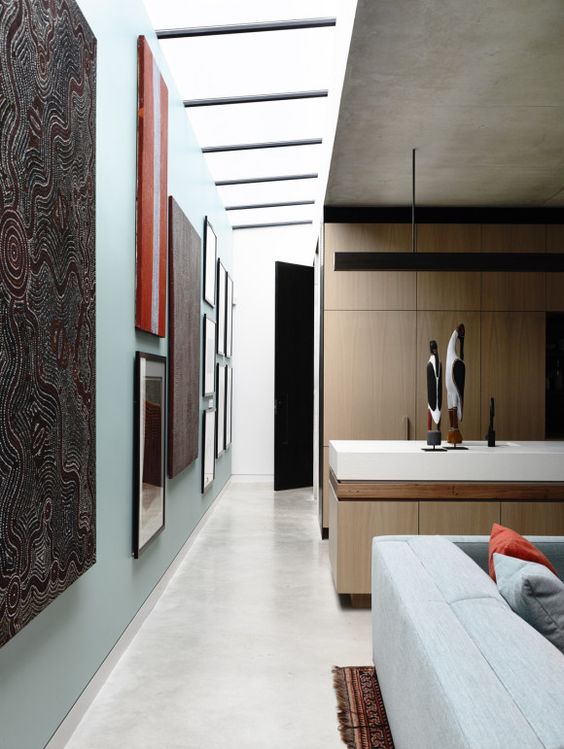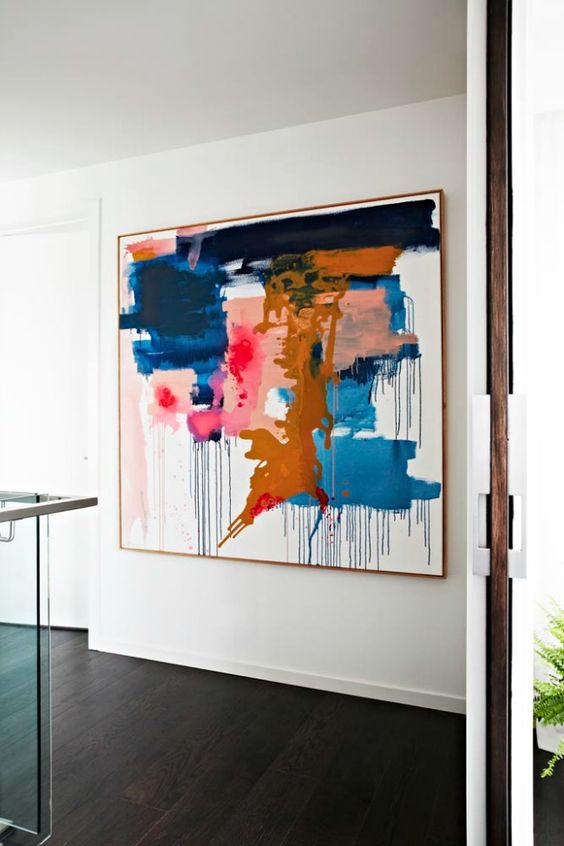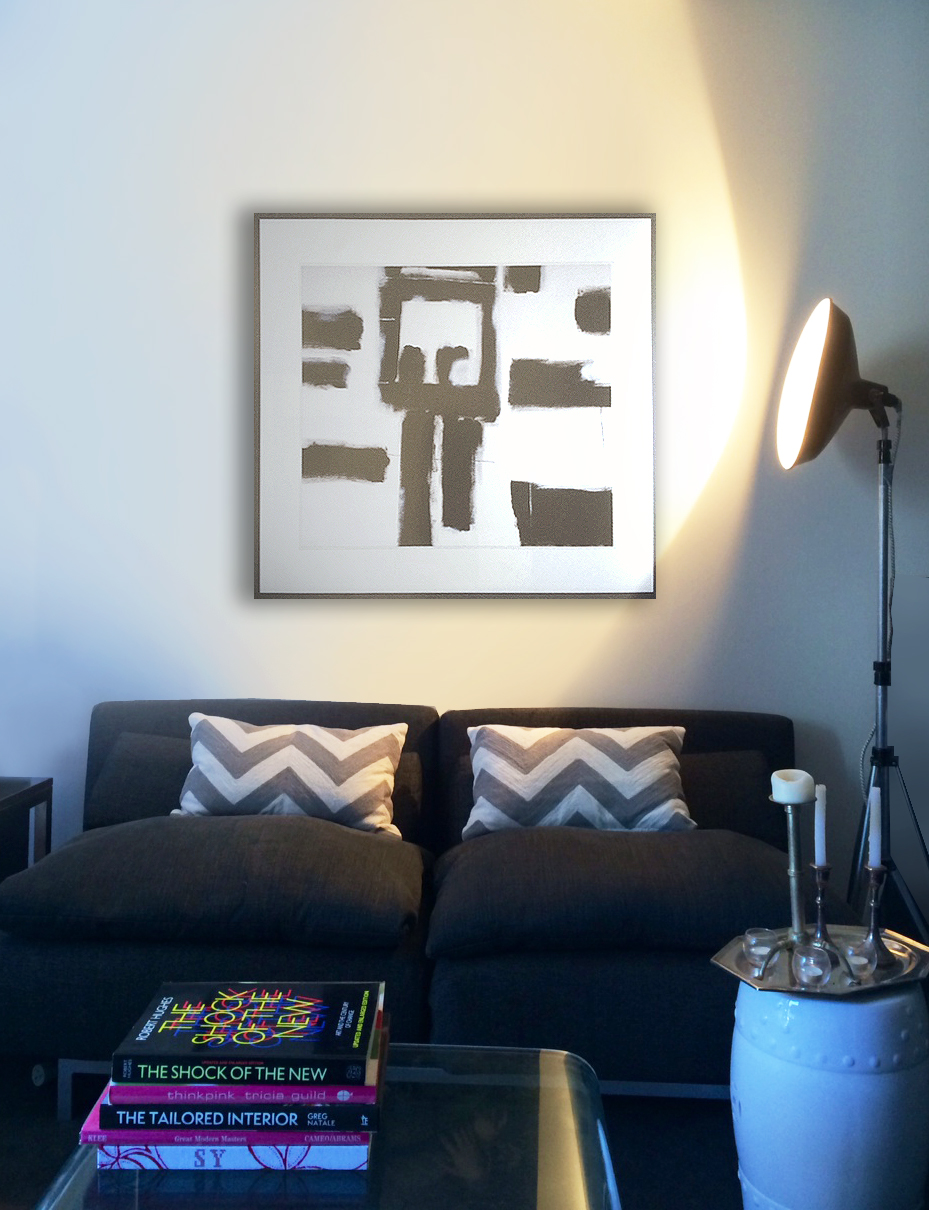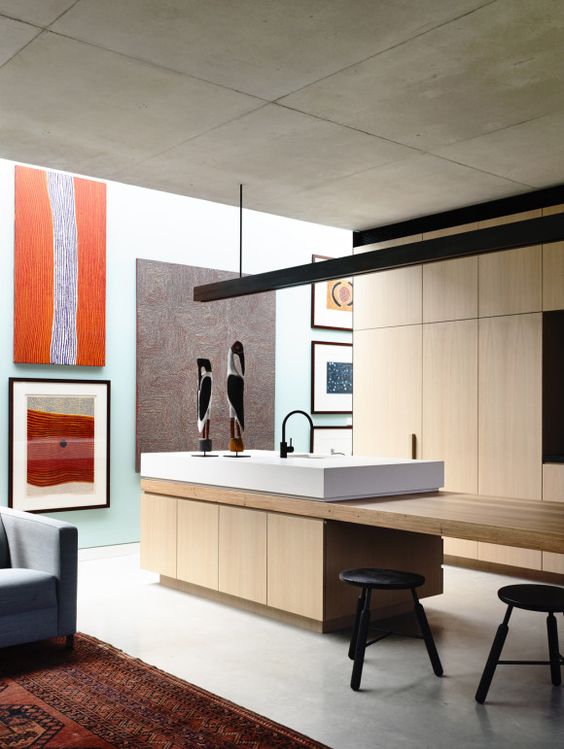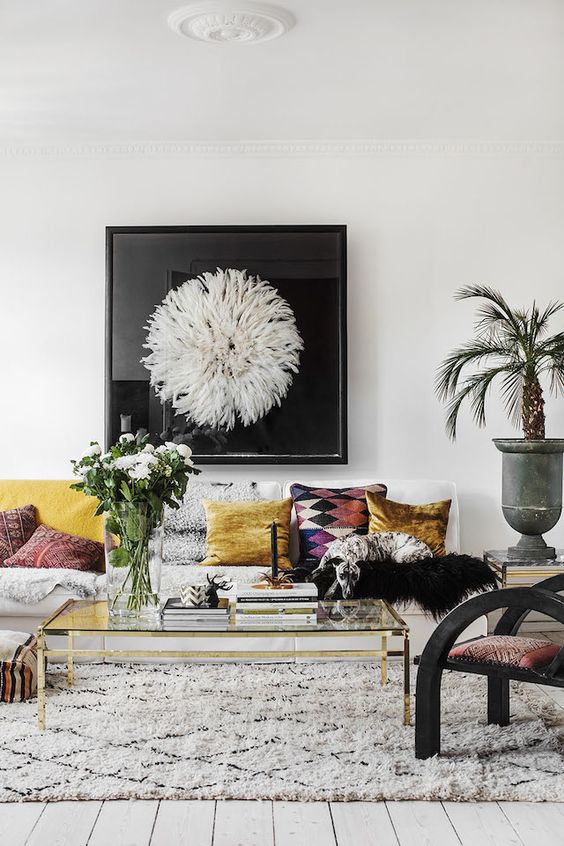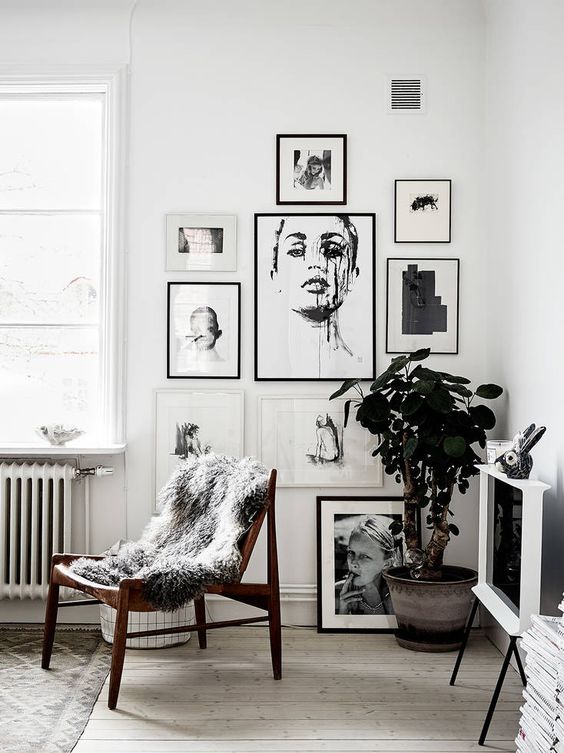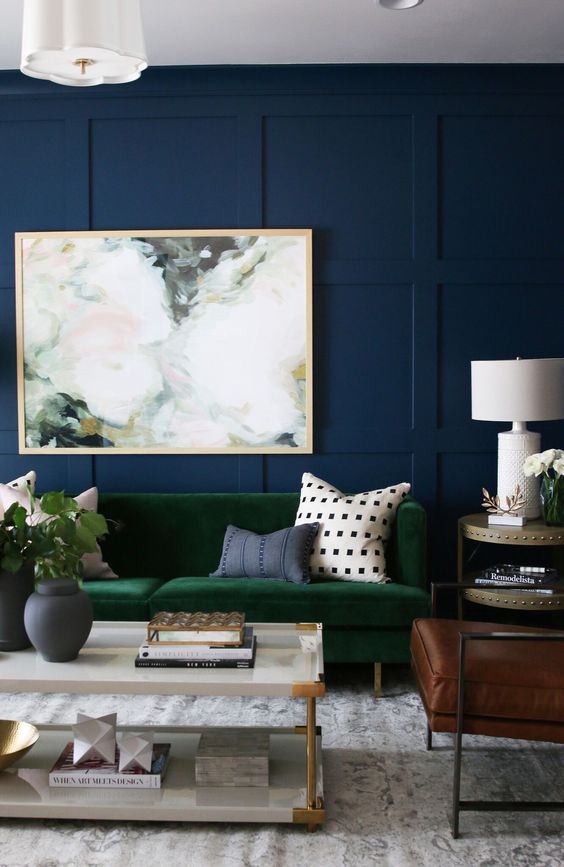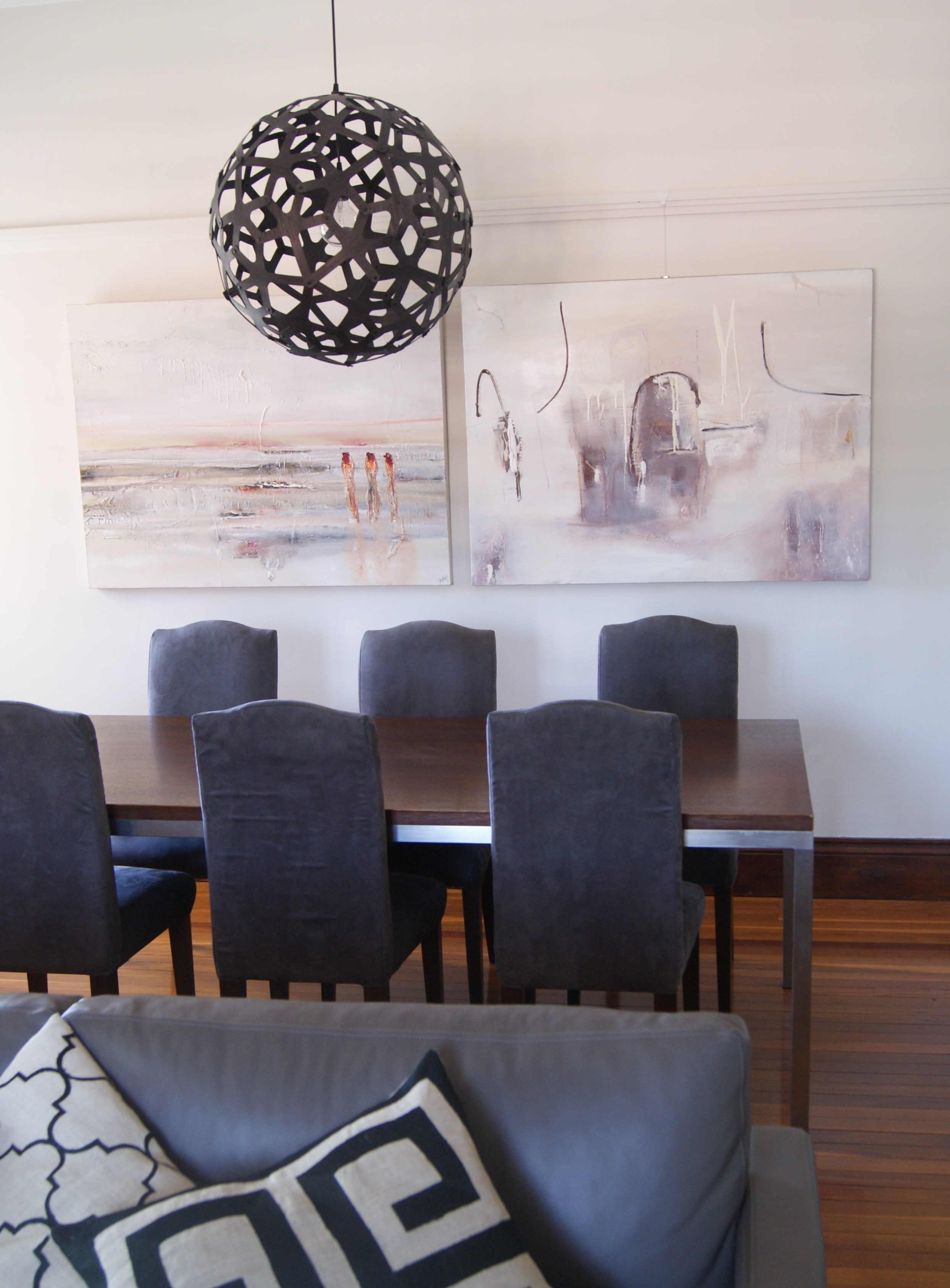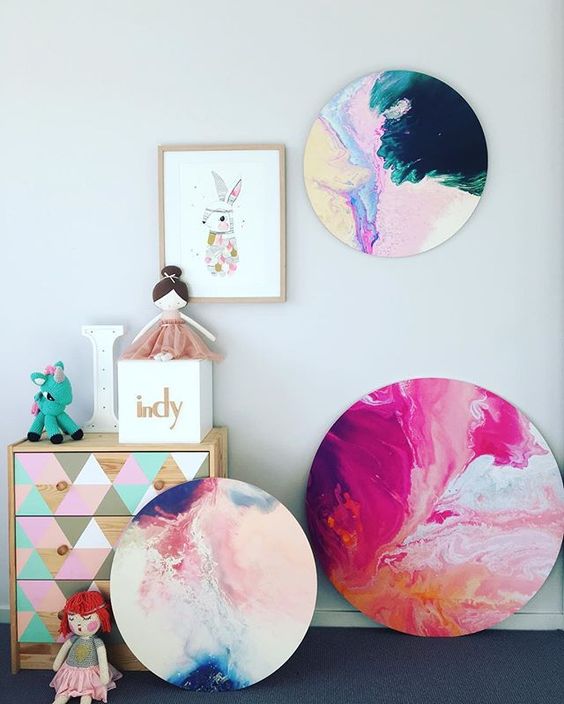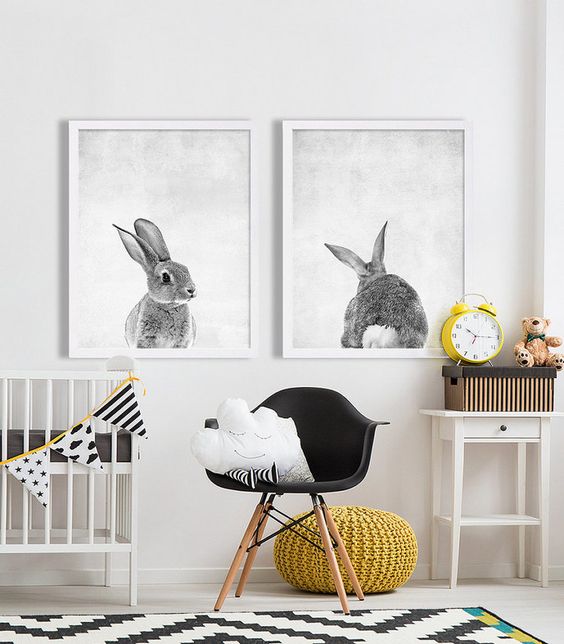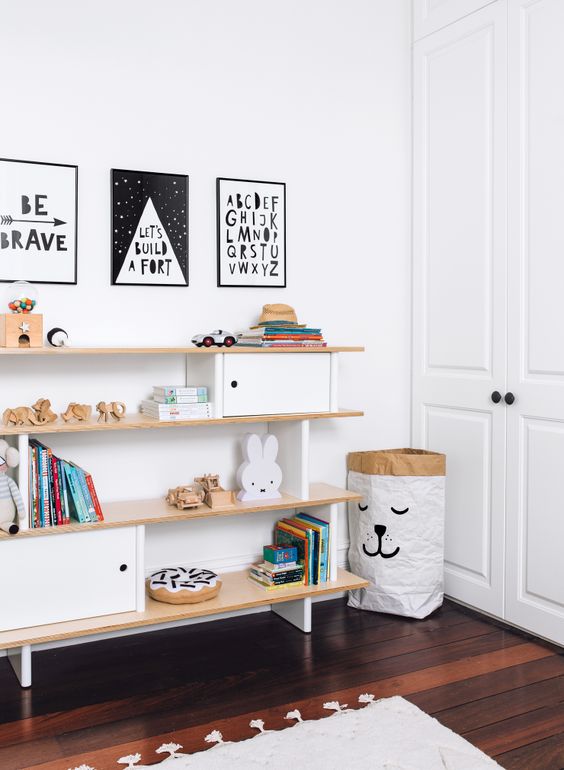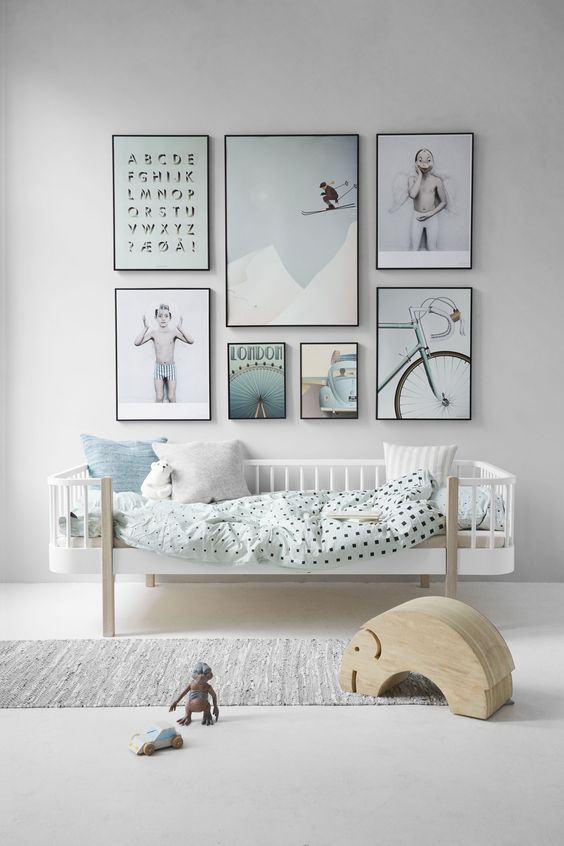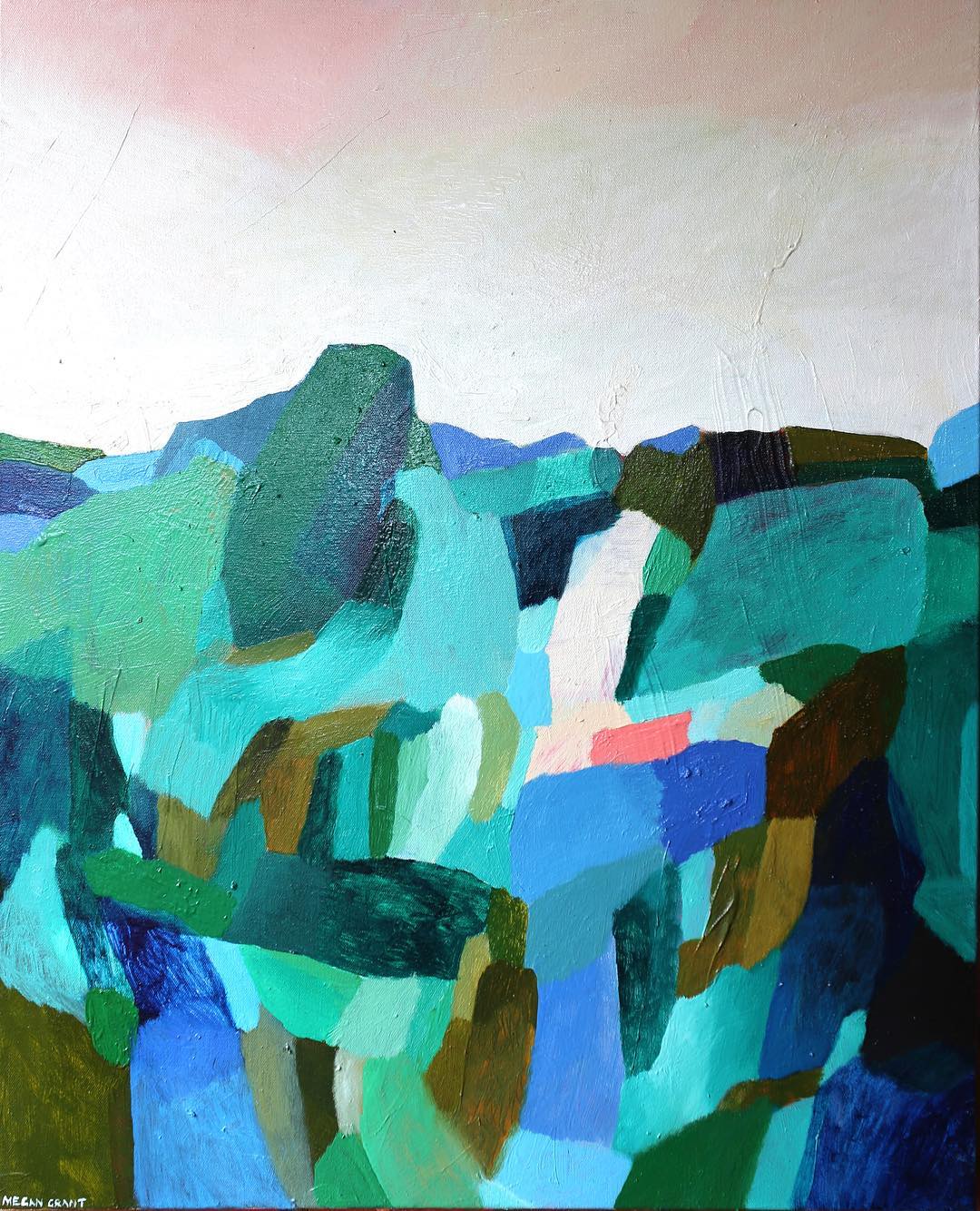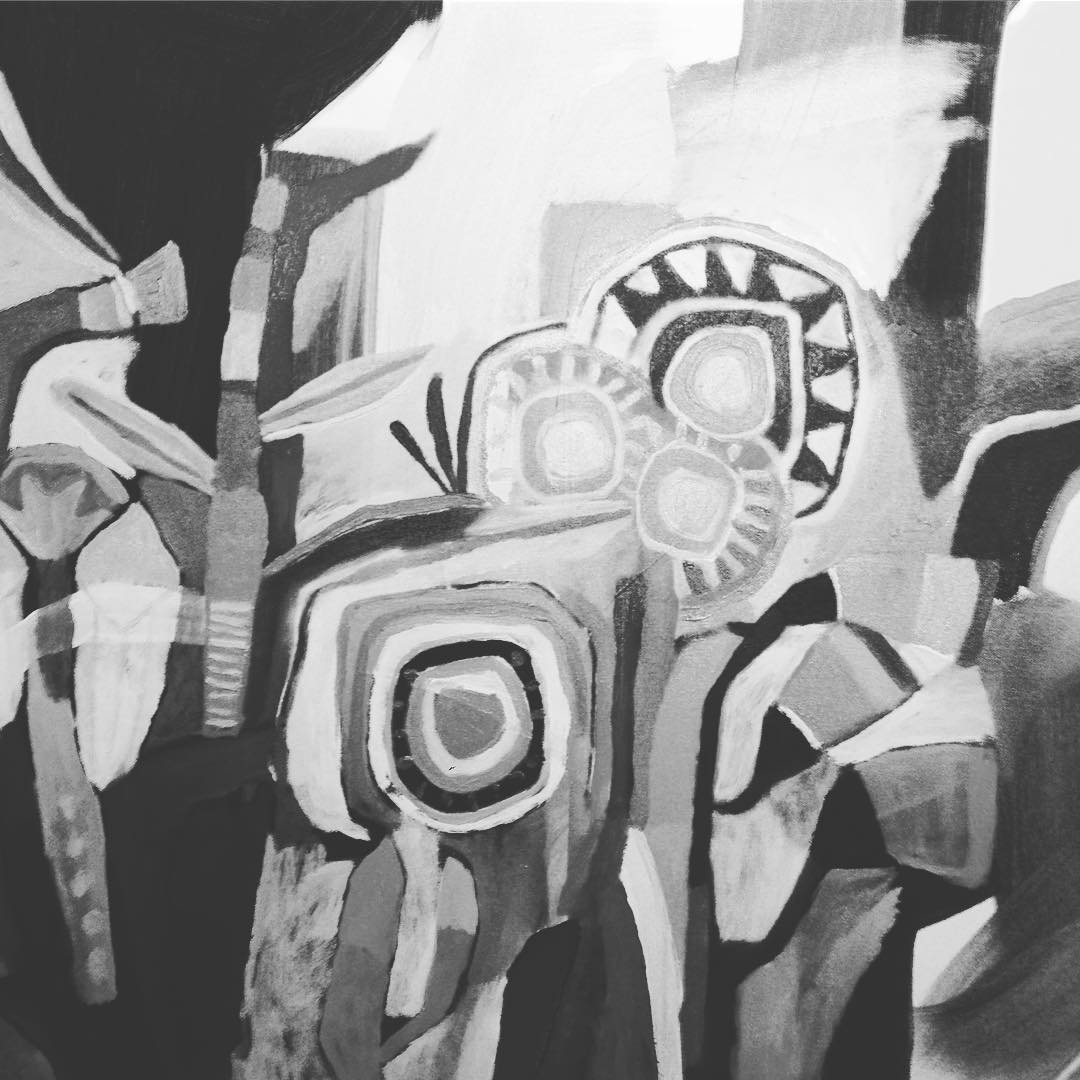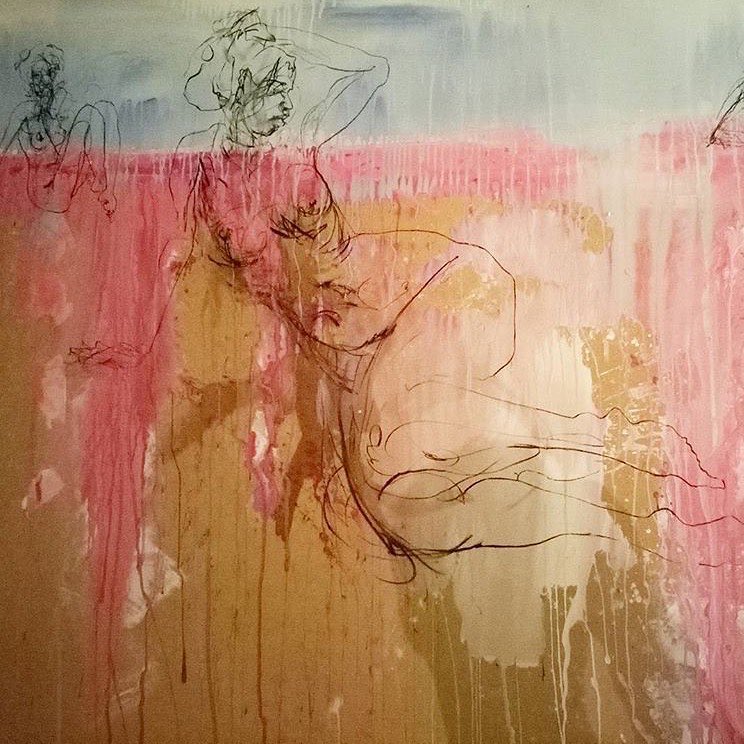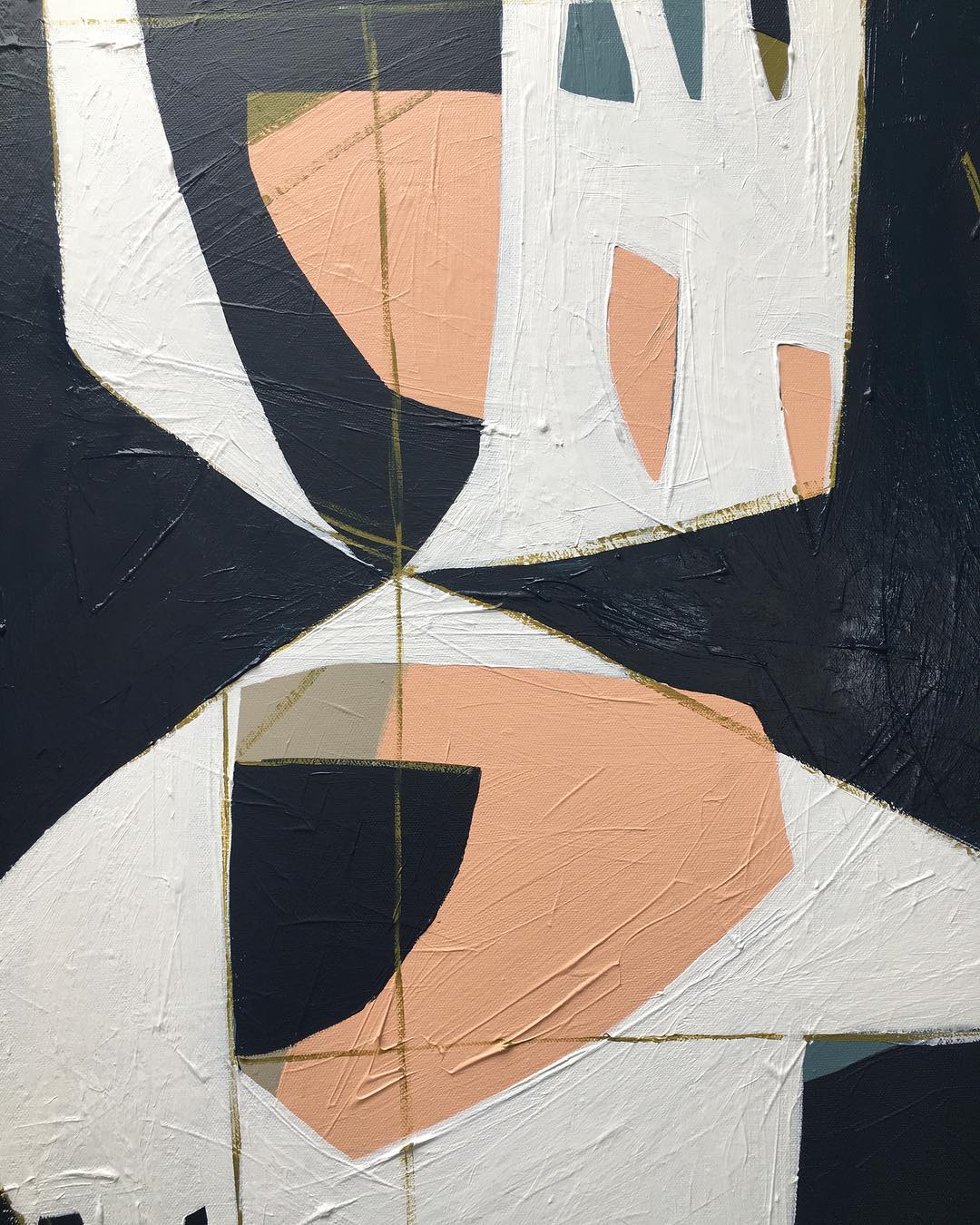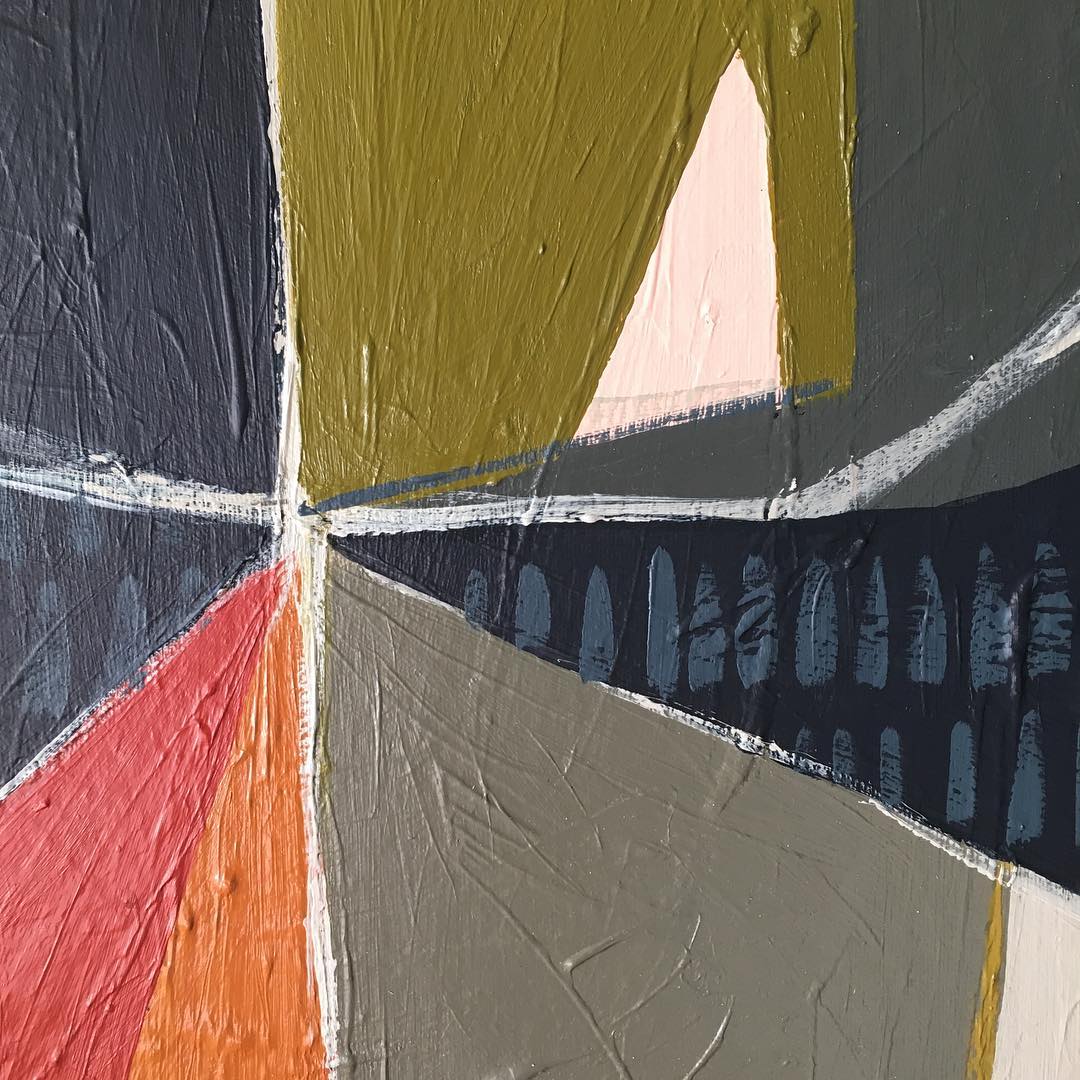The Art of Art
Art is integral to interior design – whether it’s a sculpture in an entrance; a tapestry, hanging rug; or a painting above a sofa.
Art needn’t be expensive – it can be an etching picked up at your local antiques market; an artwork by your child; old industrial lettering; framed wallpaper; or a piece you have commissioned by an artist whose work you admire.
There’s collectable art by established artists; gallery represented artists; and well as art by emerging or lesser known artists – decorative art has its place as well.
Although I don’t recommend art that is bought to match a rug or occasional chair in colour, from the same furniture showroom; for those who are not comfortable with choosing art, a decorative piece will still create a focal point, and bring your bare walls to life.
“Art can create features within a space; complement your existing art, furniture and decorating scheme; add interest, atmosphere and individual style to your property. Art can inspire serenity, creativity, or critical and abstract thinking.”
On a practical level, in a decorating environment – whether working on your own room, project; or for a client who doesn’t have any current pieces, and would like to be guided by you, consider the ‘look’ you’re wanting to create – a minimalist look, an eclectic look, whimsical….
However, whatever the look, still consider working with scale, proportion, positioning, and balance.
A salon hanging can be a mix of smaller artworks, from ink drawings, an oil painting, to a photograph – you can ‘bring them together’ by framing them in a similar frame colour or mount; and the same distance between the works.
If your client wants a WOW room, then position is prime for the artwork to shine as the focal point. You don’t want too many pieces all vying for attention.
If decorating your own space, hang works that you love – you might have picked them up on your travels; they might tell your story; or they might appeal to a feel you want to create in your bedroom.
What height do I hang my artwork?
Many people hang too high. Hanging at the correct height makes the room feel harmonious; it links the separate pieces in the room; helping them relate to each other.
Galleries recommend hanging at eye level (based on the average eye level height of 58inch/148cm) – that is your eye in the middle of the composition. Even if hanging a salon hanging, consider it as one artwork by using your central artwork and applying the same rule as above. Then hang the rest of the pictures around that one.
If you’re daunted about deciding on a salon hanging design, create paper cut-outs, and arrange them on the floor; or tape them to the wall for a position play.
For art in a child’s bedroom or playroom, hang the artworks lower, so that they relate to the child’s eye level.
If your works are in a room where most time is spent sitting down, you can hang the works slightly lower; so as to enjoy them while sitting down.
In a corridor, you might hang then slightly higher. To sum up, whatever the room’s purpose, keep the centre of the work at eye level.
How do I hang my artwork?
Measure the distance between the wire at full tension (B) and the top of the frame (A). See image below.
Measure the height of your frame (C) and divide the result in half.
From the floor, measure up the wall to 58"/148cm (average eye-level) and make a pencil mark.
From the mark, measure upward the distance recorded in step 2 and make a second light pencil mark (E).
From this mark, measure downward the distance recorded in step 1 (D).
Place a nail or if a heavier work or mirror, use a screw and a plug.
